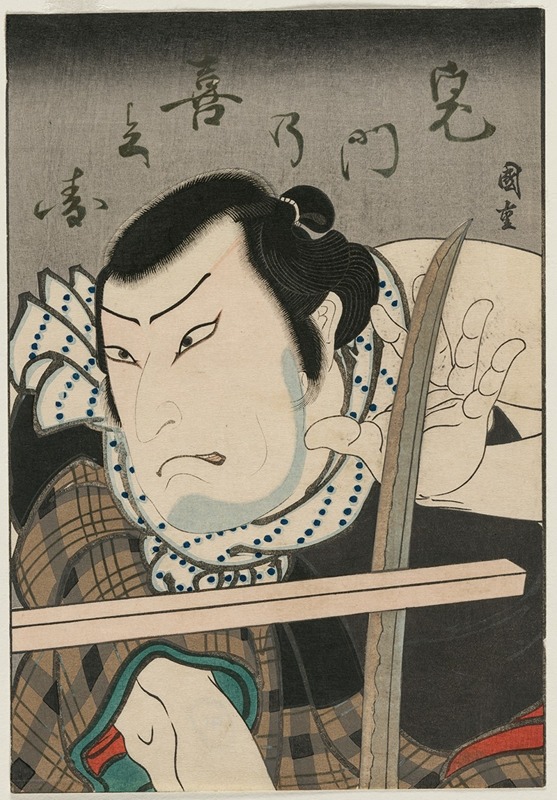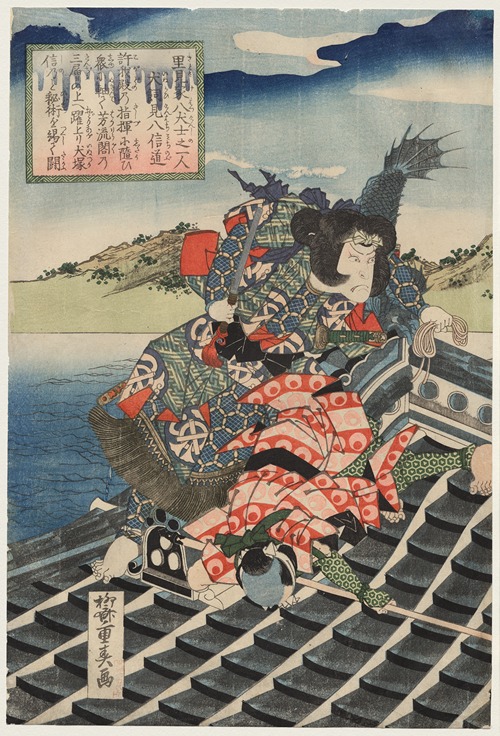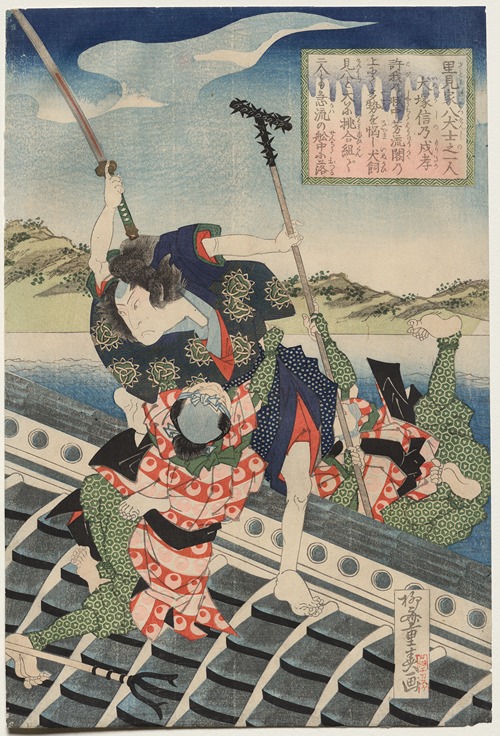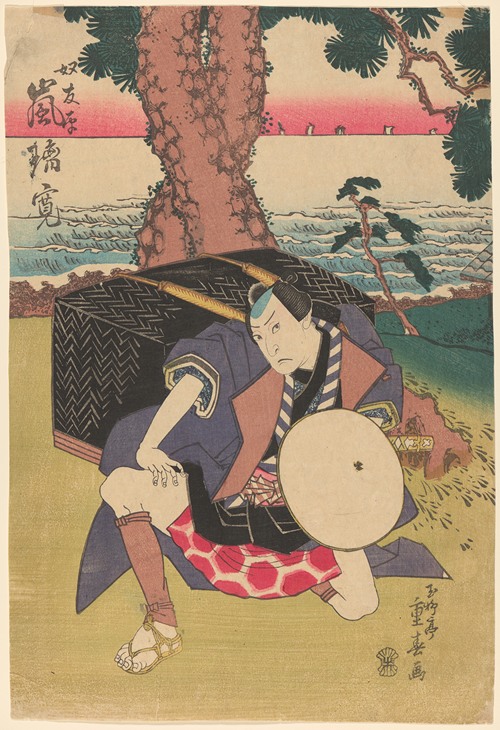
Ryūsai Shigeharu was an Osaka-based Japanese ukiyo-e woodblock print artist active during the first half of the nineteenth century. A member of the Utagawa school, he was one of a very select group of kamigata-e print artists who were able to support themselves solely as professional artists.
Shigeharu was born Yamaguchi Yasuhide in Hizen Province, Nagasaki in 1802 (year 2 of Kyōwa). His father, Yamaguchi Zenzaemon (山口善右衛門) operated the Ōshima-ya (大島屋) money changing business. He moved to the Mitsudera-machi (三津寺町) district of Osaka around 1820, to study printmaking with his first mentor, Utagawa (Takigawa) Kunihiro (歌川国広) (fl. c.1815-1841). His next teacher was Yanagawa Shigenobu (柳川重信) (1787–1832), with whom he collaborated on several major projects. Some have suggested that Shigeharu also studied under master print designer Hokusai; however, there is no definitive evidence to support this. As was the custom for ukiyo-e artists, Shigeharu used various gō throughout his career. He published his first print in 1820 under the name Nagasaki Kunishige (長崎国重), acknowledging both his birthplace and his first teacher.
He adopted the name Ryūsai Shigeharu, which incorporated two characters from his second master's name, in the spring of 1825. In response to political strife during the period, Shigeharu returned to Nagasaki in the early 1840s. He died on May 5, 1852, aged only 51. His daughter, Yonejo, went on to become a painter, whose work was particularly coveted by foreign collectors. There is some dispute over Shigeharu's activity in the final years of his life. Some suggest that he may have returned to Osaka in the late 1840s, and continued to produce prints under the name Kunishige from 1849 until the time of his death. Others argue that ōkubi-e bust portraits signed by Kunishige and other works signed by Shigeharu dating to c.1849-1851 are likely the work of different artists.



